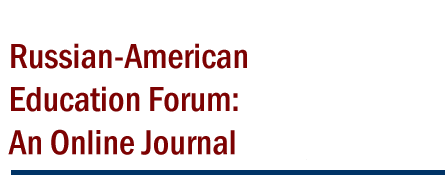
Statistical Analysis of the Construct “Creative Self-Efficacy”
Maslak, Anatoly A.
[about]
This research demonstrates the applicability of Rasch models for measurement of the construct “creative self-efficacy” and all its aspects on a common interval scale. All aspects of creative thinking self-efficacy (fluency, flexibility, elaboration, and originality), creative performance self-efficacy (domain, field, and personality), Beghetto's Creative Self-Efficacy (BCSE), and openness to experience are positively correlated that confirms the construct validity of latent variable creative self-efficacy. The measurement properties of indicators after consolidation appear adequate for practical applications with policy and implications. The questionnaires have a good enough discriminative ability of students depending on their gender and chosen major at the university level.
Creativity has proved to be a very important competitive advantage of the human mind. The rise of computers and Internet mean that many forms of work are gone, and others are being destroyed. People can no longer monopolize logical thinking in such domains as science, technology, engineering, and mathematics. Individuals without creativity will be left behind in today’s world where non-creative thinking can be automated, but creative solutions to problems are at a premium. Modern research of creativity goes back to a famous Guilford's APA Presidential address (1950).
Although studies of creativity have been commonplace for decades, but research which would specifically address the internal structure of creativity constructs is still rare (Beghetto, 2013; Mathisen & Bronnick, 2009; Starko, 2013; Yang & Cheng, 2009).





